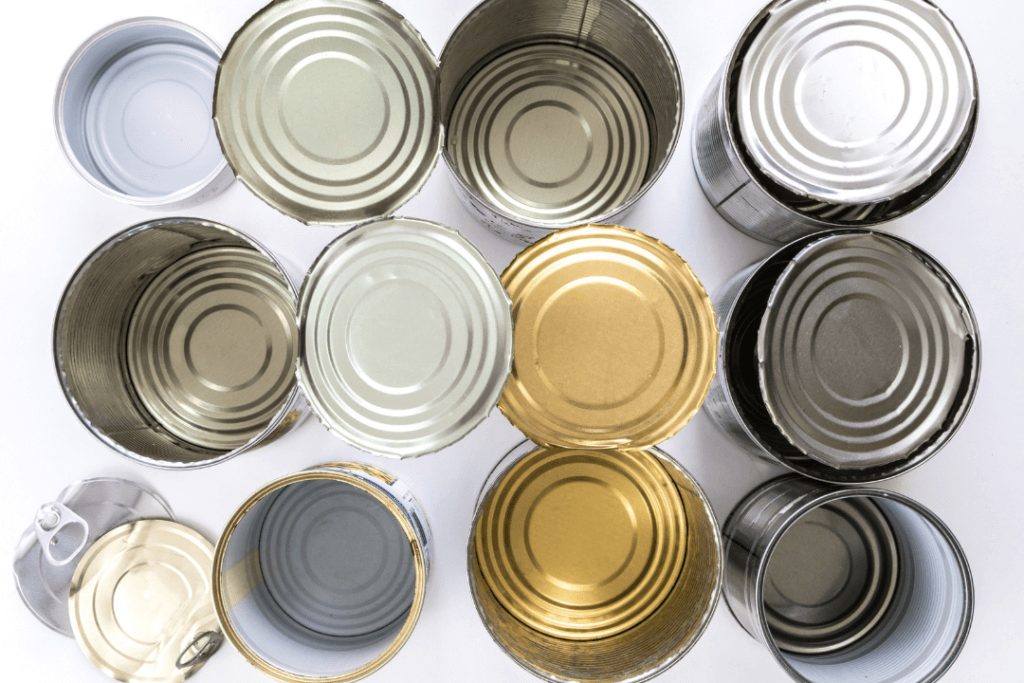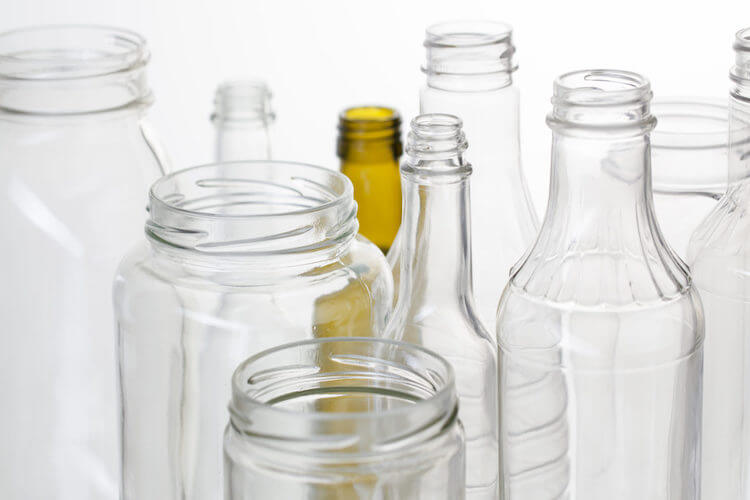Is packaging sustainability as simple as switching to paper packaging products? While that may appear to be the simple answer, the truth is that it is much more complex.
Jay Singh, director of the packaging program at Cal Poly’s Orfalea College of Business gave his opinion on this subject for an article in Produce Retailer.
“Most people have a knee-jerk reaction that paper is better than plastic, but if you think about a standup pouch with almonds in it, if you had to make it out of a rigid material that’s not plastic, you have to have more weight in the bagging material,” he said.
“Even if that material is paper, the added bulk represents a big carbon footprint. People just assume that since paper literally grows on trees, it is a renewable resource and you have it forever; they don’t understand that there are still energy and greenhouse gases associated with it,” he said.
When choosing packaging material, packaging sustainability is an important consideration. However, it must be looked at holistically as described by Singh. It is not as simple as, “can this material be recycled?”
C.L. Smith is committed to working with its customers to find the best packaging solution while being mindful of packaging sustainability and the associated carbon footprint. As a Silver Level Ecovadis Member, our sustainability strategy focuses on people, planet, & packaging.
Download our Sustainability Strategy Document to learn more about the C.L Smith commitment to sustainable packaging.
Did You Know?
A carbon footprint is calculated by both the CO2 emissions produced, as well as the emissions of other greenhouse gasses such as methane and nitrous oxide. When calculating the carbon footprint, you should consider emissions from the production of the end-use product as well as the extraction of the raw materials needed to produce it.







Leave a Reply
You must be logged in to post a comment.